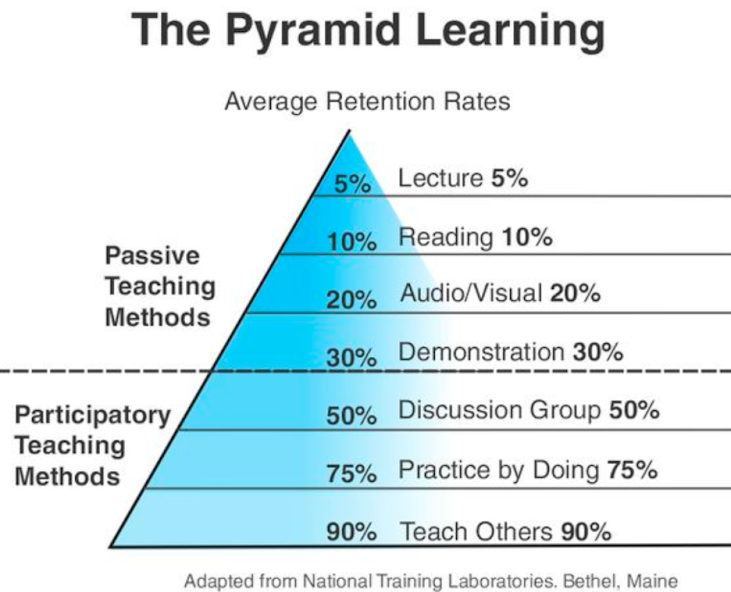
This chart is a goldmine for marketers. It shows how much people actually remember from different learning methods. Spoiler: lectures and reading barely stick, but doing and teaching lock info in hard.
Why this matters for marketers
Marketing is teaching. You’re teaching people why they need your product. The higher up the retention pyramid you go, the less your message sticks. The more participatory it gets, the more customers remember you.
Why it works
- Doing and teaching tap into active learning
- People remember what they experience firsthand
- Interactivity builds emotional and cognitive “hooks”
- Engagement multiplies retention
Real examples
- Home Depot runs free workshops showing how to tile floors — customers remember and buy supplies.
- Duolingo keeps users practicing, not reading about grammar.
- HubSpot Academy teaches marketers, who then teach clients — creating advocates.
- Peloton uses instructors and real-time encouragement to keep engagement high.
Analyzed by Swipebot
Loading analysis...